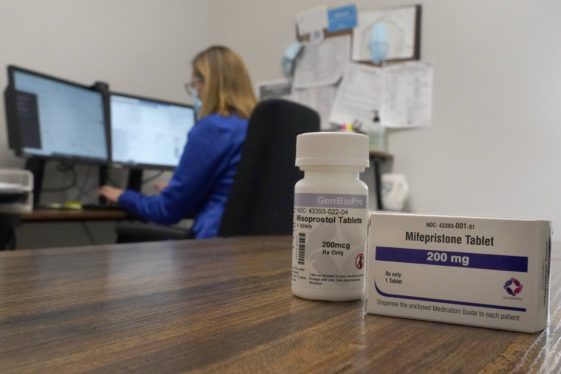Telehealth has revolutionized the way healthcare services are delivered, becoming an increasingly popular means of providing remote medical care to patients. This was particularly true throughout the COVID-19 pandemic when telehealth was a crucial part of combating a public health crisis.
We are now facing another public health crisis: the ongoing erosion of access to abortion in a post-Roe world and the resulting impact to our health systems. While many people don’t know it, telehealth can once again be part of the solution.
However, frivolous lawsuits led by extremists, including the recent federal court decision out of Texas ordering the national ban of mifepristone (the first of two medications used in the FDA-approved regimen for medication abortion care), threaten this very safe and effective abortion method.
In the aftermath of the Supreme Court decision to overturn Roe v. Wade, expanding telehealth access to abortion is essential to helping people get the care they need. As someone who has worked extensively on solutions for expanding reproductive health access, I know that telehealth is perfectly suited for abortion care.
As someone who has worked extensively on solutions for expanding reproductive health access, I know that telehealth is perfectly suited for abortion care.
Not only has it been shown to be just as safe and effective as in-person care, it also reduces waiting times, increases privacy, and can reach patients in remote and rural areas — things that have always been needed for abortion provision and are even more important today.
Recent data from #WeCount show that telehealth has played an increasingly crucial role in meeting the needs of those seeking abortions since Roe was struck down. Telehealth abortion provided by virtual-only clinics increased by 137% in the six months following the Dobbs decision.
If you consider the providers who work in brick-and-mortar clinics who also offer telehealth services, the numbers become even more impactful. It is important to note that while telehealth has increasingly become a linchpin in the ability to access abortion, there are still tens of thousands of people being denied abortion care.
Right now, abortion is banned or severely restricted in nearly half the states, leaving large portions of the country without an abortion provider who can even give an in-person consultation.
Abortion is a time-sensitive procedure. This is especially true for medication abortion care, which is safe and effective in terminating a pregnancy up to the first 10 to 12 weeks. Finding the means to travel across the state, let alone across state lines, can lead to delays and push this care out of reach, especially for BIPOC populations or those struggling to make ends meet.
Like with other healthcare, video conferencing or phone consultations have the potential to obliterate these barriers, enabling providers to screen and counsel patients, remotely prescribe medication, and have it delivered to the patient’s home.
Telehealth has expanded the ability of healthcare to reach more and more people. The privacy it affords patients can also reduce the stigma and shame people feel when accessing healthcare.
While this is especially important for those who live in areas where they may be concerned about facing judgment, receiving confidential medical attention in a private space of our choosing is something that everyone can benefit from.
But when we say “everyone,” we must truly mean everyone. Those who have been and will continue to be most impacted by restrictions on abortion care are the same as those who encounter racism, poverty, and the myriad social determinants of health that negatively impact the lives of people of color and those struggling to make ends meet.
We have an opportunity to center equity in healthcare solutions. Bans on medications like mifepristone will exacerbate inequities. When we talk about telehealth delivery of care, we must ensure it reaches communities that lack broadband and smartphone access and provide resources that address language needs and different levels of health literacy. We must center racial justice and provide culturally competent care.
The time is now to continue the expansion and availability of telehealth, including for abortion care, not to go backward. There is no doubt that we are in the midst of a crisis, but there is also no doubt that we can meet that crisis with innovative solutions.
By bringing advocates, providers, businesses, and innovators together, we can forge partnerships to expand healthcare, including the abortion care ecosystem.



